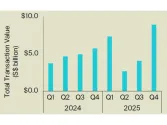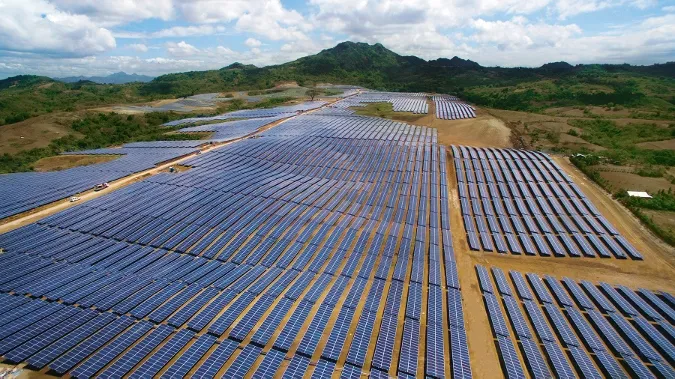
Philippine utilities boost gas and renewables' share in energy mix
But regulatory risks and implementation pose a threat to investment potential spurred by population and economic growth.
The race to build a groundbreaking liquefied natural gas (LNG) terminal in the Philippines is heating up as the country faces the anticipated drop in production at the Malampaya gas field by 2024. The government also eyes ramping up the exploration of renewable energy sources, with solar photovoltaic (PV) systems looking particularly attractive, to address an expected surge in energy demand and currently one of the most expensive electricity rates in Southeast Asia.
In early December, Japan’s Tokyo Gas signed a joint development agreement with the Philippine-listed First Gen Corporation to build an LNG terminal in the province of Batangas. The Japanese natural gas producer and supplier will take a 20% participating interest in the project.
The Philippine National Oil Co. and the China National Offshore Oil Corp. (CNOOC) were also weighing the possibility of building and operating an LNG import terminal in the country. Fitch Solutions, in a report in late 2018, noted that the outlook for the Philippines’ second LNG project has considerably improved in recent months, with the introduction of the Tanglawan Philippines LNG Inc., a joint venture between CNOOC and independent oil firm Phoenix Petroleum.
“After multiple calls for tenders and plenty of expressions of interest from a vast array of domestic and foreign firms, the keys to the Philippines’ second LNG development appears to be held by Tanglawan LNG, which is reportedly winning the race to be the Department of Energy’s (DOE) choice to lead the project,” the research firm said.
The partners are given six months to fulfil requirements for their plan to build an integrated LNG-to-power project in Batangas, which would include a regasification terminal with a capacity of 5 MTPA and gas-fired power generation capacity of 1-2 GW with a cost of about $1b to $2b. Fitch Solutions said, “Tanglawan LNG’s case for the project is strong, not least due to ample funding and an assured market for imported gas.”

Source: Department of Energy
Improved gas outlook
The Philippines’ desire for a second LNG project stems from the fact that the Pagbilao LNG — an LNG-to-power project in Quezon being developed by Hong Kong-based Energy World Corporation (EWC) — will only be able to meet some 83% of the 4.9 bcm that is expected to be needed to support the government’s gas power expansion plans. The Pagbilao LNG project is comprised of a 4.1 bcm import terminal and a 650MW LNG-fired power plant and is part of plans to secure replacement gas as the giant Malampaya gas field loses steam.
“From a price standpoint, the next few quarters will be an opportune time for the Philippines to commence LNG imports, with global LNG prices set to be mostly anchored over 2019 to 2020, next to accelerating supply growth and liquefaction capacity additions across the globe,” said Fitch Solutions. “The Philippines has yet to enter into any LNG supply contracts for its terminals and as such, will have plenty of contracting opportunities amid a positive backdrop of competitive spot prices and a wave of new supplies emerging from the US, Russia and Asia.”
Despite the clear need for more gas in the Philippines, the Pagbilao LNG has faced multiple delays due to volatile LNG prices, regulatory obstacles, uncertainty surrounding transmission arrangements, and, most recently, setbacks in securing government clearance to connect to the local grid. It secured certification from the DOE as an “energy project of national significance” in November.
“The certification paves the way for it to benefit from a host of provisions set out under Executive Order 30, which was issued in 2017 to streamline approval processes, reduce red tape and provide administrative and technical support for projects deemed to help the development and security of the Philippines. This likely puts the project on track to be in commercial operations within 2019, eight years after it broke ground,” Fitch Solutions said.
Aside from LNG, solar PV and other renewables have been attracting more attention from analysts that believe these could provide the country with considerable opportunities, especially amid an expected spike in demand. Bloomberg New Energy Finance’s (BNEF) Climatescope project ranked the Philippines as the sixth most attractive emerging market in the world for clean energy investment particularly for the power sector’s structure and regulations.
Setting the renewables path
However, a key roadblock has been in the feed-in tariff (FIT), which is paid on the basis of actual production. Climatescope project director Ethan Zindler noted that it was a “losing proposition” for many investors, with currently about 360MW of commissioned solar intended to receive the FIT missing cut to claim its benefits.
On the upside, financing is highly available, as seen by developer support from local and global sources. In July 2018, Mordor Intelligence said the country is well-positioned to produce solar energy and holds “considerable” potential to take advantage of investments and jobs that can be generated from future solar power installations. The government is aiming to boost solar PV installations to 3GW of utility solar in 2022, and the research firm said that the cumulative solar installation in the Philippines is expected to hit 8.7GW by the end of 2030, with solar rooftops comprising 35% of the total installations.

Ville Rimali, business development manager at Wärtsilä Philippines, however, argued that the Philippines is still on the opposite side of the fence when it comes to making the leap to renewables. In the DOE’s power development plan for 2016- 2040, the new generation capacity mix by 2030 is expected to comprise of the following: 7,800MW baseload, 700MW peaking, and 4,100MW mid-merit.
“Where are the renewables? They are inside the peaking segment. So inside the smaller segments, they have included the wind and solar and that’s a tiny number. I think it would make sense to build much much more than the mid-merit segment,” Rimali said in a September 2018 conference. The prices in the Philippines’ wholesale electricity market are following the same trend everywhere and should drive renewables investments in the country, but, he said, “The plan that DOE is promoting is totally different from what is happening in other countries.”
“Luckily, industrial players/IPPs are looking at renewables and they are looking the big numbers because they see that’s the future and that’s the way to get lower cost of power for Filipinos. But still, it’s important that the DOE is also driving towards the same direction,” he added.
Solar PV potential
“Solar energy provides an immediate solution to the country’s growing energy needs. With steadily falling costs of solar power equipment and the short duration of time needed to install and commission solar power projects, solar PV systems are increasingly becoming popular amongst consumers and industries across the Philippines,” Mordor Intelligence said, citing the commissioning of the Cadiz solar power plant, the largest of its kind in Southeast Asia, as one of the signs of a rapidly emerging solar power market.
The National Renewable Energy Laboratory reckoned that the Philippines’ average solar radiation ranges from 128-203 W per sqm, whilst its annual average potential is estimated at 5.1 kWh per sqm per day. Keen to take advantage of the burgeoning sector, Pure Energy Holdings Corporation in January acquired a 60% stake in three solar parks in the Philippines with a combined capacity of more than 13.8MW.
Other major solar players in the country include Equis Energy, PetroEnergy Resource Corporation, San Carlos Sun Power Inc., and Solar Philippines. Whilst rooftop solar holds strong potential for development in the Philippines, analysts cite an array of challenges that are weighing on the sector.
Mordor Intelligence warned that the Philippines is being held back by an “extremely inefficient” grid infrastructure, one characterized by very high transmission and distribution losses estimated at around 15% of total output. “Investment into the grid system has been the government’s focus. However, due to recovery efforts following the November 2013 typhoon, progress in the modernisation of the network has been delayed,” the research firm said.
“Rooftop solar in the Philippines can contribute significantly to enhancing national electricity supply whilst facilitating and creating financing for a growing share of new generation capacity requirements and lowering electricity costs,” said Sara Jane Ahmed, energy finance analyst at the Institute for Energy Economics and Financial Analysis, noting that a shift towards rooftop solar will reduce the need for imported coal and diesel power. The Philippines, which has some of the highest-priced electricity in the ASEAN, could save up to $2.2b annually in its current account deficits as well as $200m per year.
“A combination of cumbersome existing regulation, outdated administrative practices, and a lack of affordable and accessible financing are hindering the broad adoption of rooftop solar,” warned Ahmed. To bolster deployment of rooftop solar, she recommended developing cost-effective net metering government policies, easing approval processes, strengthening access to financing, and rolling out cheaper behind-the-meter integrated lithium-ion battery storage.


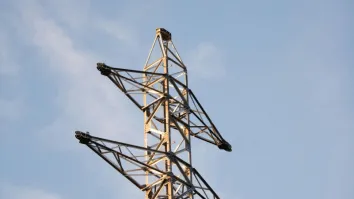
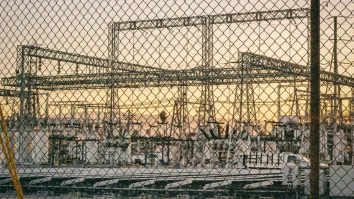
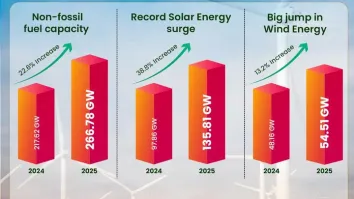














 Advertise
Advertise
